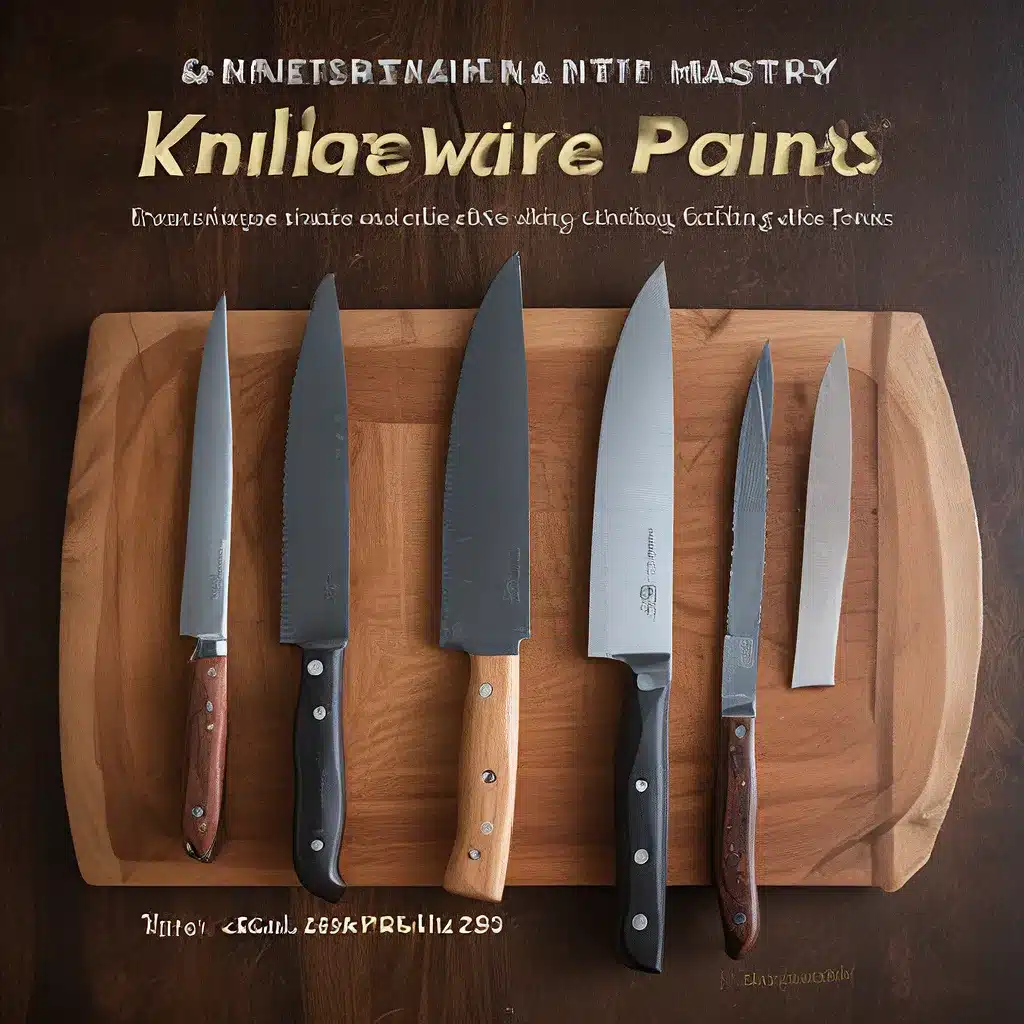
As a self-proclaimed knife enthusiast, I’ve always been fascinated by the art of maintaining sharp, precision-honed blades. Whether I’m slicing through delicate vegetables or carving a juicy roast, having a trusty knife that glides effortlessly through any task is an absolute must. But, let’s be honest, keeping those edges in tip-top shape can be a bit of a mystery, even for the seasoned home cook.
That’s why I’m here to share with you the secrets of knife maintenance mastery. Prepare to embark on a journey where dull, lackluster blades are transformed into cutting-edge culinary tools that will make your cooking experience truly remarkable.
Uncovering the Art of Stropping
Picture this: you’ve just sharpened your favorite chef’s knife to perfection, but after a few weeks of heavy use, it’s starting to lose its edge. Enter the magical world of stropping. This unsung hero of the knife-care universe is the key to unlocking the ultimate sharpness.
As the folks at WorkSharp explain, stropping involves using a leather strop and a micro-abrasive compound to refine the knife’s edge to a razor-sharp finish. It’s a technique that has been whispered about and passed down through generations, but now it’s time to bring it into the spotlight.
Imagine gliding your blade through paper with effortless ease, or slicing through tomatoes without any resistance. That’s the power of a well-stropped knife. By honing the edge with precision, you’ll unlock a whole new level of cutting performance that will revolutionize your time in the kitchen.
The Stropping Technique Unveiled
Okay, let’s dive into the nitty-gritty of the stropping process. First and foremost, you’ll need a leather strop – this humble tool is the key to the whole operation. The strop is usually imbued with a micro-abrasive compound, which contains tiny particles that work their magic on the knife’s edge.
As the experts at WorkSharp explain, the technique involves drawing the knife backward across the strop, alternating from side to side. This motion helps to push any remaining burr from the sharpening process back and forth along the length of the blade.
Maintaining the same angle you used during the initial sharpening is crucial for the best results. And here’s a pro tip: leather is a bit more forgiving than other materials, so you’ve got some room to experiment and find the perfect technique for your knives.
One of the key advantages of using a leather strop is its ability to rejuvenate the surface over time. If your strop starts to feel a bit dry, simply apply a small amount of petroleum jelly and rub in a generous helping of the micro-abrasive compound. This will breathe new life into the leather and ensure it continues to work its magic.
Assessing Sharpness: The Paper Test and Beyond
Now, let’s talk about how to really know when your knife is razor-sharp. The classic paper test is a great way to get a quick assessment. If your knife can slice through paper with ease, then you’re on the right track. But if it can glide through the paper with minimal force or pressure, then you’ve achieved the holy grail of sharpness.
The folks at WorkSharp also introduced me to a nifty tool called the BESS tester, which provides a more precise, quantitative measurement of your knife’s sharpness. This device uses a standard piece of filament that you cut with your blade, and it measures the downward force required to make the cut. The resulting scale gives you a numeric value that indicates the level of sharpness – a true testament to your stropping prowess.
Mastering the art of knife stropping is a journey, not a destination. It requires patience, experimentation, and a keen eye for detail. But trust me, the rewards are well worth it. Imagine the satisfaction of transforming a dull, lifeless blade into a precision instrument that cuts through anything with ease. It’s a culinary superpower that will make your time in the kitchen an absolute delight.
Restoring Damaged Knives: The Next Step
Of course, even the most diligently maintained knives can eventually succumb to wear and tear. That’s where the experts at Selectool come in – they’ve got your back when it comes to repairing chips, nicks, and broken tips that can mar the perfect edge.
As I recently learned, the key to restoring damaged knives lies in understanding the right techniques and tools for the job. With the right approach, you can breathe new life into your old favorites and bring them back to their former glory.
Stay tuned for my next article, where I’ll dive deeper into the art of knife repair and share the secrets I’ve uncovered from the Selectool team. Together, we’ll explore the world of knife maintenance and restoration, ensuring your blades are always ready to tackle any culinary challenge that comes your way.
In the meantime, grab your leather strop and let’s get to work. It’s time to unleash the full potential of your knives and elevate your cooking experience to new heights. Sharpen, strop, and conquer – that’s the name of the game!


